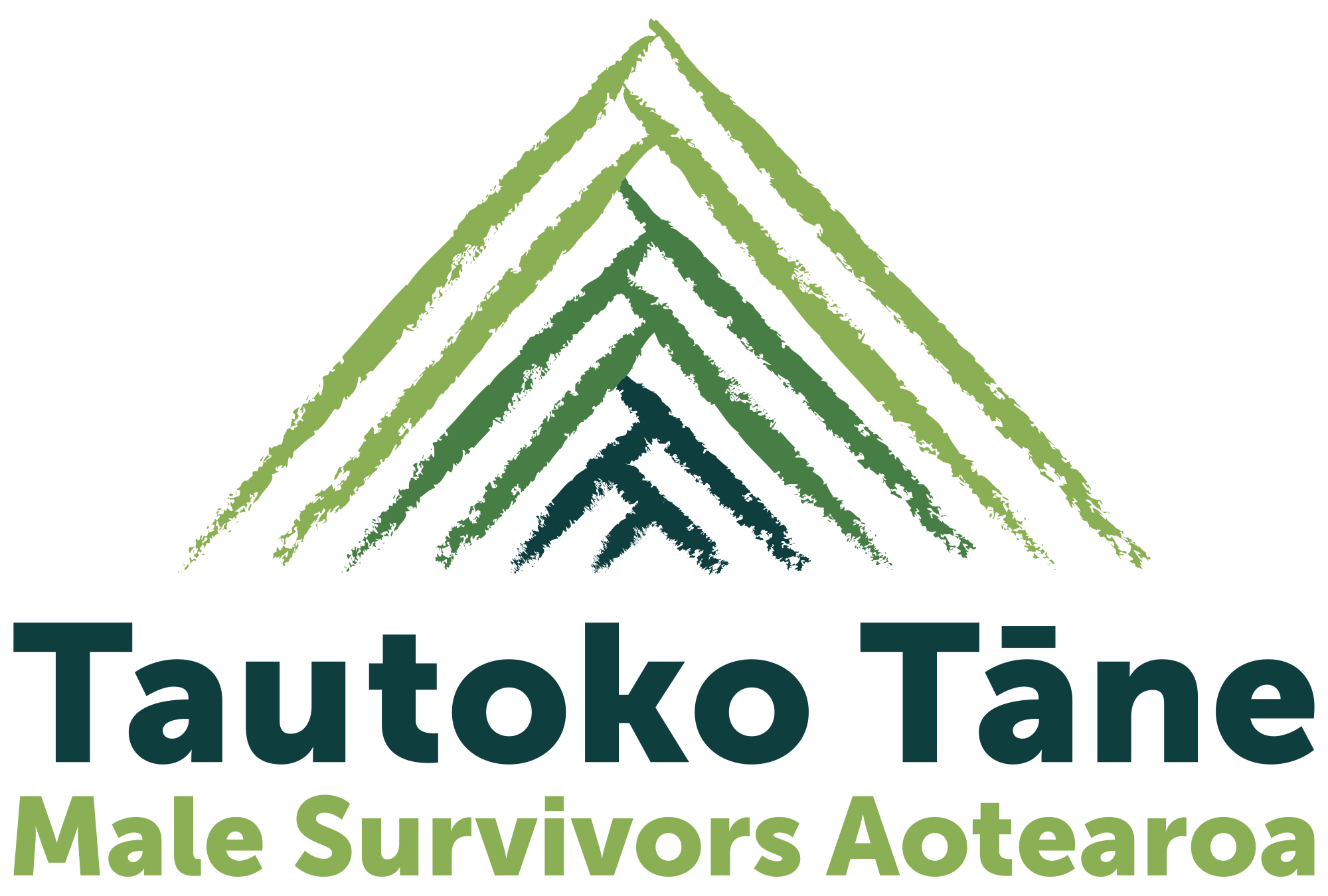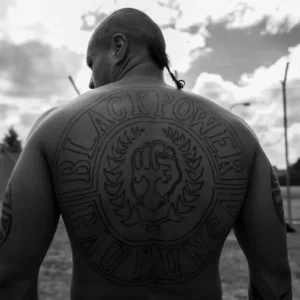A Dunedin boy dumped at a Catholic orphanage by his father endured five days of violence at the hands of the Sisters of Mercy. Half a century later, he is still searching for answers. Chris Morris reports.
Published in
Otago Daily Times
Age is slowly catching up with the old Catholic orphanage overlooking Otago Harbour.
Paint peels from doors, rust creeps across a warped iron roof and weeds sprout from cracks in a concrete courtyard, ignored by the tenants now occupying flats inside what was once St Joseph’s Boys Home.
Only the glass crucifixes still emblazoned on the ornate second-floor windows offer a glimpse of what once was.
But age has not dimmed the memories for Steve (61) as he walks around the grounds, taking in the contours of the imposing two-storey building he was once forced to call home.
He stayed for just five days more than half a century ago.
But, even now, just a glimpse of the old building is enough to send a shudder through him as the memories come flooding back.
“It gets me every time I come up here,” he says.
“It’s not my favourite place to be.”
Steve was just 8 years old when he and his four younger brothers were delivered to the front door of the orphanage by their father in 1966.
The boys were handed over to nuns from the Sisters of Mercy and quickly ushered inside, without a word of explanation, as their father drove away.
The next morning, when Steve’s youngest brother — just 4 years old and “shell-shocked” — tried to climb a tree to escape over a fence, the violence began.
“The nuns pulled him back in and just whipped the s… out of him with an electric jug cord.”
It was the start of an ordeal for the brothers, who were crowded into an upstairs bedroom with 35 other boys, aged from infants to teenagers.
Days were spent on household chores, lessons, Bible studies and working in the farmland that once surrounded the orphanage.
But physical and psychological abuse was never far away.
Steve said the violent outbursts erupted “multiple times a day” and could be triggered by the slightest infractions.
“If you were slow at doing something, you would get a whipping, and if it wasn’t with an electric jug cord it was with a ruler — the old three-foot wooden ruler — or slapped around the ear, or pulled by the ears.
“It was just horrific … That place was just hell on Earth for the people in there.”
Initially, the nuns targeted Steve’s youngest brother to try to keep the older boys in line, he said.
But when Steve tried to intervene, the nuns shifted their attention to him.
“I got double what he got.
“At 8 years old, you’ve got no real defence mechanism against that sort of thing.”
Sadly, it was not a new experience for Steve, who came from a sometimes-violent family setting and had already experienced the nuns’ harsh discipline at St Bernadette’s School, beginning as a 5-year-old.
The school was the kind of place where the nuns forced left-handed boys to work with their right hand, which was tied behind their back, as happened to one of Steve’s brothers.
“Left-handed people were sinners, according to the Catholic Church.”
But at the Doon St orphanage, violence was “at the forefront of everything that was going on up there”, he said.
“The nuns up there were supposed to be the Sisters of Mercy, but they were anything but … They were supposed to be the brides of Christ, but they were more like the brides of Frankenstein.”
Their father finally returned five days later to collect the boys, although he was to maintain his silence about why they had been left there for decades to come.
Steve’s youngest brother, in particular, was deeply traumatised.
“He’d never wet the bed before going there, and afterwards it took Mum six months to get him out of wetting the bed,” Steve said.
But the brothers’ experience was far from unique.
The Doon St orphanage was just one part of a wider network of orphanages and children’s homes run by the state and religious organisations across New Zealand, including at least 29 in Otago and Southland.
In Dunedin, two fell under the umbrella of the Sisters of Mercy — the Doon St orphanage and the St Vincent de Paul Orphanage for Girls in nearby South Dunedin.
And life at the South Dunedin orphanage could be just as brutal as at Doon St, according to former Dunedin woman Anne Frandi-Coory.
Ms Frandi-Coory (70), who now lives in Australia, was placed in the South Dunedin orphanage as a young child when her parents’ relationship crumbled in 1949.
She was there initially with her two brothers, but the boys were moved to the Doon St orphanage once they turned 5.
Ms Frandi-Coory remained at the South Dunedin orphanage for seven long years, and recalled a life dominated by religious education, threats of God’s vengeance and work — scrubbing floors, cleaning bathrooms, doing laundry and cooking in “huge kitchens”.
It was, she said, the life of a “virtual slave”.
“We suffered from gross neglect, lack of hygiene and emotional abuse. We were never taught to clean our teeth, wash our hands, and very seldom had a bath.”
And hanging over them all was a sense of dread.
Corporal punishment by the nuns was common, and involved being strapped, being pulled by the hair or being locked in a cupboard “for hours”.
Also common were “petty hatreds” doled out by certain nuns.
When oranges were handed out, and a young Ms Frandi-Coory found hers to be black and rotten inside, she showed it to a nun.
“Her reply was ‘Well, that’s your bad luck, isn’t it?”’
Ms Frandi-Coory said her abiding memory was of crying children who did not know how to smile.
The nuns had been “unfit” to care for children, and the physical, emotional and psychological torment had left her traumatised for decades, battling anxiety, nightmares and fears of abandonment.
She remained a “virtual recluse” to this day, and although counselling, education and writing a book about her experiences had all helped, the memories remained.
“I especially remember the nightmares, of burning in hell.
“It has taken me almost my entire lifetime to overcome the impact that spending all my formative years in a Catholic institution has wrought on me.”
It is a dark past acknowledged by the leadership of Sisters of Mercy New Zealand.
Sr Sue France, in a written response to questions by ODT Insight, said the organisation accepted “that in some times and places our care of vulnerable children entrusted to us fell short”.
“We feel great sadness that any child may have suffered at the hands of any of our sisters, who should have provided care and protection for children in her care.”
However, she did not answer specific questions about the number of complaints received relating to the mistreatment of children, the number of payouts made as a result, or the potential for more in future.
Instead, she would only say the organisation welcomed the expanded royal commission into historical abuse, and expected the inquiry “will likely give voice to some of those we may have failed, who for whatever reason have yet to be heard”.
Australia’s Royal Commission into Institutional Responses to Child Sexual Abuse also scrutinised the Sisters of Mercy.
It found 174 complaints of child sexual abuse — involving both nuns and non-ordained male perpetrators within the organisation — had been received by the Sisters of Mercy between 1980 and 2015.
The commission also heard evidence of the emotional, physical and sexual abuse children suffered at the Australian orphanages, and that some children were punished by the nuns after confiding in a priest about being sexually abused while in care.
Some children had even been abused by priests who would visit Sisters of Mercy orphanages despite having no “formal responsibility” for the children there.
At St Joseph’s Boys Home in Dunedin, priests were also regular visitors.
One of them, Steve said, was Fr Magnus Murray.
In 2003, Murray was convicted of historical sexual offences against four Dunedin boys dating back to between 1958 and 1972.
He has since been implicated in further offending, including suggestions of at least 15 victims on the Taieri alone, but in the 1960s he was still a respected parish priest.
Steve told ODT Insight he never saw Murray at the orphanage, nor did he encounter sexual abuse while there.But other boys he knew from his time there, whom he remained in contact with, told a different story.
One remembered Murray as a regular visitor to the orphanage, and said he took particular interest in certain boys from his parish.
“He remembered Murray coming up there and taking particular boys aside.”
He also suspected the nuns’ violence was motivated by “sexual frustration”.
“They took a vow of chastity. If they couldn’t get their rocks off that way, they were getting their rocks off by hitting us.”
It was just one of the threats Steve was to face, even after leaving the orphanage, as he navigated the Catholic education system in Dunedin.
As well as the violence doled out by nuns at the orphanage and St Bernadette’s School, he had to endure the violent acts by Christian Brothers running St Edmund’s School and St Paul’s High School.
A series of brothers and teachers at both schools were later implicated in “horrendous” acts of violence and sexual abuse of pupils.
That included Br Desmond Fay, blamed for abusing one boy and driving him to suicide, and Ian Thompson, accused of abusing at least 16 boys at St Paul’s before taking his own life.
Steve encountered both men but managed to avoid their sexual advances, despite Mr Thompson trying to “more or less march me across” to his cottage for a visit one day.
“I said ‘No, it ain’t gonna happen’.”
He even escaped the attentions of Murray, despite serving as his altar boy at St Bernadette’s Church in 1967, although others with him were not so lucky.
“A couple of my fellow altar boys … they were attacked by Murray,” he said.
It was only decades later, with his father on his deathbed, that Steve began to confront his experiences, including unpicking the mystery of why he and his brothers had been taken to the Doon St orphanage in 1966.
His parents were both staunch Catholics, but his father had been violent towards his mother, and they were eventually convinced to go to the Holy Cross seminary in Mosgiel for marriage counselling.
And the man who convinced them to leave their children behind in the Doon St orphanage was a familiar face — Murray.
Steve eventually met Sr France, of the Sisters of Mercy NZ, in Wellington in 2015.
Soon after, he received a written apology from the order for the “difficult and traumatic experience” he and his brothers had endured.
But Steve said the apology now appeared “just token, really”.
“It was to placate me, basically. It doesn’t make me feel any more comfortable, knowing that what they did is still eating away.
“We went up there as innocents and I came out broken.”
And all five brothers continued to feel the effects to this day, he said.
“We’re all alcoholics, broken marriages, strained relationships. I tried committing suicide when I was 20. I’ve only just now started seeking counselling.
“It has been a lifelong burden, basically.”
Now, 52 years on from his experience in the orphanage, he wanted compensation from the Sisters of Mercy.
But he also wanted the Catholic Diocese of Dunedin to answer for the extent of the violence and sexual abuse that occurred under former Dunedin bishop John Kavanagh, the man in charge at the time.
The first step should be to rename Kavanagh College, as Bishop Kavanagh’s inability to stamp out offending meant the buck should stop with him.
“All this happened under his watch.”He was part and parcel of the whole abuse system in Dunedin.”
By Chris Morris
Published in Otago Daily Times
December 15, 2018




